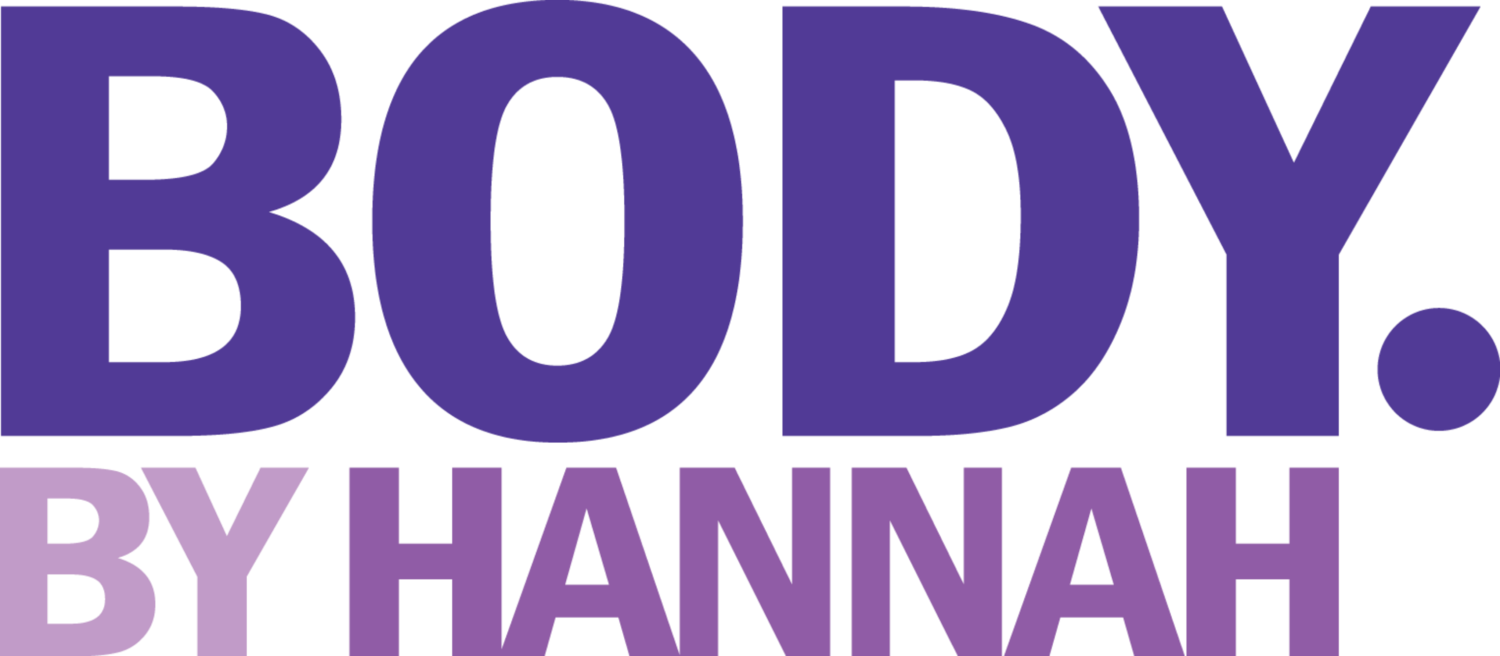We live in an age where health optimization has become a booming billion-dollar industry. Supplements, gadgets, biohacking tools, and lifestyle trends promise to take our wellness to the next level. While the desire to improve health is certainly important, the truth is that most of the time, the health “optimization” many are chasing is a waste of time and money because your foundational components of health are not in place, first. The harsh reality is that no matter how many capsules or shakes you add to your daily regimen, they likely won’t yield noticeable results if the bedrock of your health is weak.
The Supplement Industry: A Billion-Dollar Distraction
In 2023, the global supplement market was valued at over $200 billion, and it's only expected to grow. It’s easy to see why: supplements are marketed as shortcuts to improved health, longevity, energy, mental clarity, and performance. Who wouldn’t want to take a pill or powder that promises to give them the energy boost they’re looking for or help them recover faster from their workouts?
First, realize the science behind most supplements is murky at best. Many are not nearly as effective as their manufacturers claim, and only few have been proven to provide the results they promise. In fact, many supplements are simply a cash grab, capitalizing on the fear of missing out on the latest wellness trend or the promise of a healthier life. So, do your research.
Don’t misunderstand me. There is a place for well studied supplements for optimizing health. For example, vitamin D for people who don’t get enough sun, or magnesium for muscle relaxation and creatine for brain and muscle health. But when we rely solely on (even good, well-researched) supplements to fix poor lifestyle habits, it’s like trying to build a house on sand. It won’t stand.
Before you even need to think about trying a supplement or adding an expensive gadget to your routine, ask yourself: Do I do the basics well and consistently? These “basics” are the non-negotiable pillars of health that should be the cornerstone of any fitness or wellness plan. The basics include exercise, balanced nutrition and getting quality sleep.
The True Foundation of Health
1. Exercise
Building and maintaining muscle mass is crucial for long-term health. Not only does strength training improve body composition, but it also boosts metabolism, strengthens bones, and improves mental health. For the average person, strength training three to four times per week is the baseline.
Cardiovascular exercise is vital for heart health, lung capacity, and overall endurance. The American Heart Association recommends at least 150 minutes of moderate-intensity aerobic activity or 75 minutes of vigorous-intensity exercise per week to improve heart health. Your overall daily movement should be at least an average of 7-10k steps. Simple activities like walking or gardening can make a world of difference towards better health and longevity.
2. Balanced Nutrition
No supplement can fix a bad diet. A balanced eating pattern that meets your macronutrient (protein, carbs, fats) and micronutrient (vitamins and minerals) needs is essential. Protein, in particular, is crucial for muscle repair, growth, and immune function, while fiber is key for digestive health. It’s important you prioritize getting these macro and micro nutrients from a variety of whole foods FIRST and then we can explore what supplements might be right for us to be able to successfully fill in the gaps.
3. Sleep
Recovery modalities like cold plunges, infrared saunas, and cryotherapy are all the rage right now. But no amount of high-tech recovery can meet your recovery demands like adequate sleep. Sleep is arguably the most critical aspect of recovery and health optimization. Chronic lack of sleep—defined as less than 7 hours per night—has been linked to a host of health problems, from obesity and heart disease to decreased cognitive function and mood disorders. While a sauna or a cold plunge can help alleviate soreness, improve circulation, and enhance the recovery process, they are not miracle solutions and cannot compensate for poor sleep habits. Sleep is when your body repairs itself, consolidates memories, and regulates hormones.
Start with the Basics, Then Optimize
Health optimization begins by focusing on the fundamentals that pack the biggest punch towards your best health. Exercise, balanced nutrition and adequate sleep is that foundation. Before you chase the next big thing in the wellness industry, take a step back. Ask yourself if you’re covering the essentials. If not, start there. It’s the only way to truly optimize your health in a sustainable and meaningful way. Once you know you have a solid foundation, you can truly take inventory of what health optimization strategies might be a best fit for you.



